Bordered by Siberia in the north and Gobi desert in the south and surrounded by two powerful neighbours-Russia and China, Mongolia has had a peculiar geo-strategic situation of being land-locked. Its location at the crossroads of Central Asia, North East Asia, Far East, China and Russia further enhances the importance of Mongolia. Mongolia is the seventh largest country in Asia in terms of its territory but population wise it is one of the smallest. The Mongol expansion under Chinggis Khan left a significant impact of the nomadic peoples of Inner Asia on the sedentary world.
At the turn of the twenty first century, Mongolia has been trying to overcome its geographical disadvantage of being a landlocked state and is striving to open itself to the outside world despite being surrounded by two giant powers-Russia and China. Moreover, in the post-Cold War security environment of Mongolia, bilateral and multilateral cooperation has become the key factor of regional dynamism in the Asia-Pacific. With the collapse of the USSR and the end of the Cold War, the geopolitical situation of Mongolia was altered. Mongolia now seeks to ensure the security of its own existence by strictly observing the policy of not allowing the use of the country’s territory against other States, ensuring its Nuclear-Weapon-Free-Zone status at the international level and making it an important element of strengthening the country’s security by political means. China, on the other hand, wants to build up its power base in North East Asia.
As regards India and Mongolia, both countries have had civilisational links spanning over a period of 2,700 years despite being geographically far away. The two countries are the southern and northern ends of a Buddhist arch which provides the cultural foundation of a political and cosy strategic relationship. It is this cultural compatibility that defines the interests of India and Mongolia. This book deals with both the historical, cultural, economic, geopolitical perspectives on Mongolia and also its relations with direct and third neighbours. Eminent academics and Mongolists from India, Mongolia, Russia, USA, Kazakhstan, China, Japan and Turkey have contributed to this volume. Mongol culture areas outside Mongolia in Inner Mongolian Autonomous Region of China, Buryatia, Kalmykia and Tuva Republics of Russian Federation are dealt with separately and in detail. The book will be of interest for students, academics, think tanks, NGOs and all those interested in South, Central Asian, East Asian and Eurasian politics, international relations and security studies.

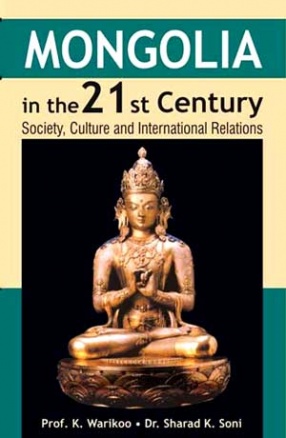
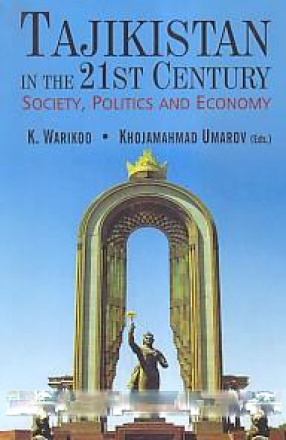
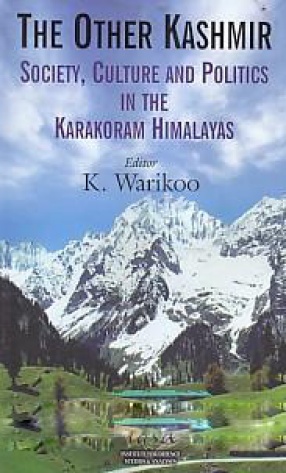

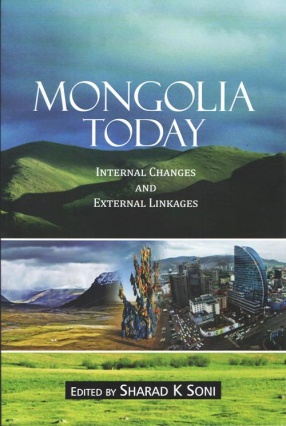
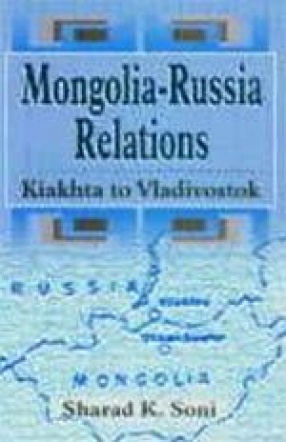
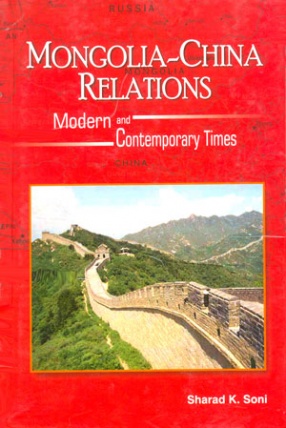
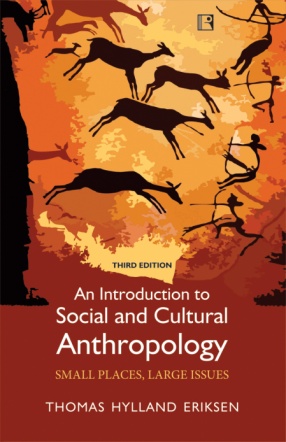

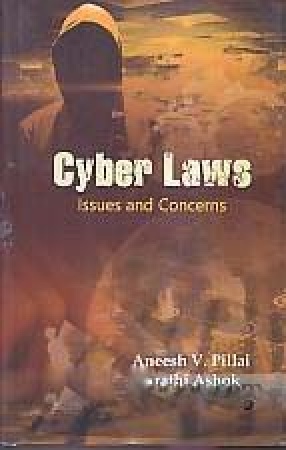
There are no reviews yet.